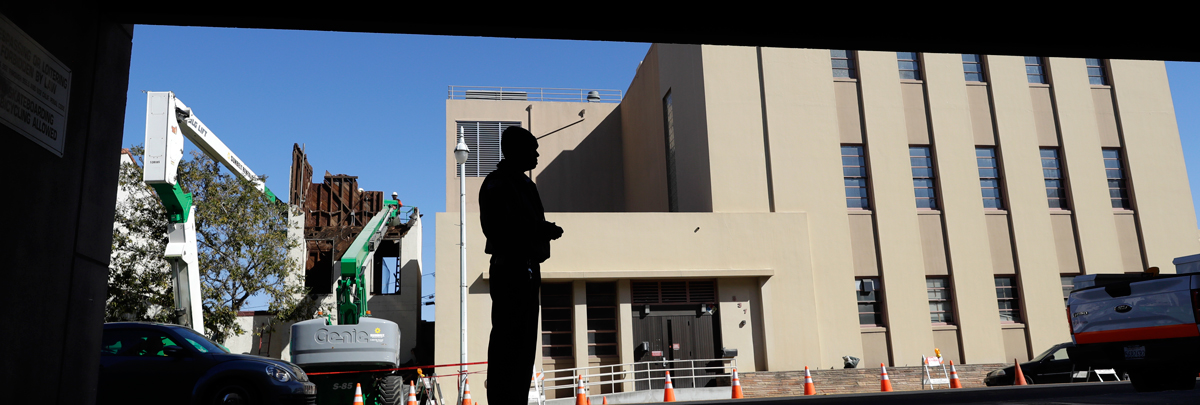Last week, reports surfaced that the U.S. Department of Housing and Urban Development (HUD) was considering a change to the agency’s mission statement. Among the potential changes: removing existing language about building “communities free from discrimination,” and replacing it with a call for Americans to achieve “self-sufficiency.”
There are no indications at this time that HUD will move forward with these changes, and in recent days Secretary Carson has re-affirmed the agency’s commitment to fighting discrimination. However, it is worth considering what impact these changes may have on HUD’s mission, were they to be implemented. By removing from its mission statement “working to…build inclusive and sustainable communities free from discrimination, and transform the way HUD does business,” HUD would ignore an important history of American residential segregation; a history that the federal government helped create, and one that we must contend with in order to meet the current challenges of racial and economic segregation.
Participants in the Alliance’s 2018 National Conference on Ending Family and Youth Homelessness were reminded of this history during Richard Rothstein’s keynote discussion (beginning at about 40 minutes) of his book, The Color of Law. He notes that the Federal Housing Administration, which was established in 1934, furthered segregation efforts by refusing to insure mortgages in and near African-American neighborhoods — a policy known as “redlining.” Racial residential segregation and discrimination were explicit features, not accidental byproducts, of past federal housing policy. Federal home loan practices and redlining explicitly denied the benefits of homeownership to African Americans—intentionally creating communities segregated by race and concentrating wealth in the hands of White households.
“There’s nothing ‘de facto’ about segregation. It was intentional,” Rothstein said in his keynote. “It will not be undone until we recognize our active role in maintaining it.” Removing the explicit responsibility to create communities free from discrimination from the HUD mission statement would move the nation farther away from remedying this history.
Instead, the rumored changes to HUD’s mission statement would direct the agency to “ensure Americans have…opportunities to achieve self-sufficiency, thereby strengthening our communities and nation.”
Self-sufficiency is a somewhat fuzzy term, but Webster’s defines it as, “able to maintain oneself or itself without outside aid.”
The concept is a powerful one, but it denies an important human truth: We thrive best when we are in community. We all rely on supports to be our best selves. That includes formal supports like teachers, doctors, social workers, and government programs; and informal supports like family, friends, faith communities, and civic organizations. Often, the stronger these supports are, the easier it becomes to take them for granted, and benefit from them without ever realizing it. This is the paradox — and the essential myth — of total self-sufficiency.
There is an alternate definition of self-sufficiency: “capable of providing for one’s own needs.” Certainly we all desire a world in which everyone has their basic needs met — and perhaps this is how HUD intends the word. If so, we hope this will drive an expansion of — not a cut to — federal efforts to end homelessness and provide affordable housing.
Public policy plays a key role in shaping communities. And communities play a key role in shaping individuals. HUD’s mission requires that it recognize those roles, and work against the corrosive effect that discrimination has on them.
If we are to truly strengthen our communities and nation, we must continue to unpack the ways past policies made the country weaker. We must be bold in our efforts to undo that damage. And we must work together to build stronger communities.
That is a mission we can all get behind.

